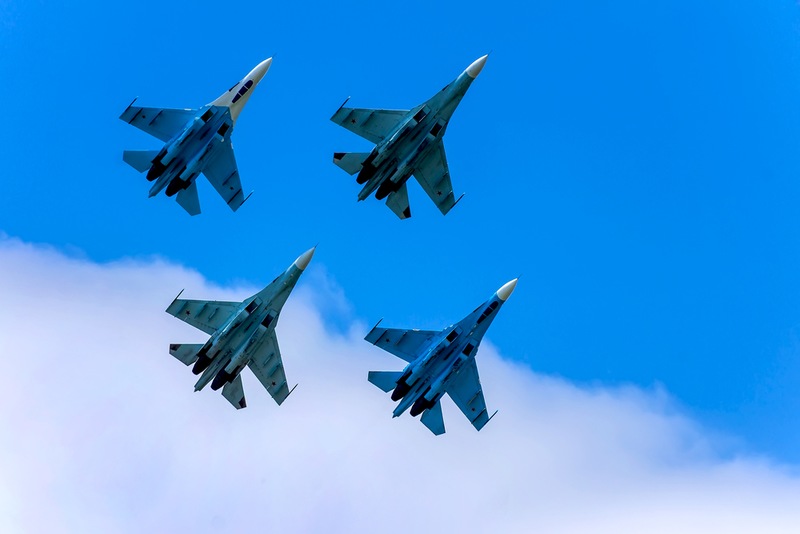
On August 19th, we celebrate those who pioneered human flight by observing what the future of advanced composites has in store for the aerospace industry. National Aviation Day was established in 1939 to honor the advancement of aviation in the United States, and advanced it certainly has, In the 82 years since its inception, human flight has been revolutionized, and we continue to build on that legacy today with the latest in aerospace composites. Continue reading for a glimpse into the latest trends in advanced composites development that are defining modern flight.
Metal Matrix Composites (MMC)
These composites have a matrix made from a lightweight metal, such as aluminum or magnesium alloy, which is reinforced with either ceramic or carbon fibers. Metals can be reinforced with these other materials to be made stronger, have better wear properties, different thermal conductivity, or a host of other reasons. Additionally, materials like carbon nanotubes and graphene nanosheets – are being studied to see how they can be used to further improve performance of MMCs.
MMCs are strong, stiff, rust-resistant, and relatively light. These features make this composite a desirable choice for manufacturing of cutting tools, jet engines, and military applications, and they have even been used to reinforce the space shuttle.
Ceramic Matrix Composites (CMC)
As the name suggests, these composites use a ceramic material as its background matrix, with added reinforcement from carbon or ceramic fibers to improve the toughness of ordinary ceramics. Ordinary ceramics are known for their brittle behavior, which we refer to as low fracture toughness, as well as their extraordinarily high temperature resistance.
By shoring up that low fracture toughness with entrenched fibers, CMCs yield the benefits typically seen in ceramics, such as high temperature and corrosion resistance, as well as improved mechanical properties allowing them to be used in more demanding applications. This makes CMCs an ideal choice for applications that demand thermal protection, hot primary structure applications, and propulsion and exhaust.
Polymer Matrix Composites (PMC)
These composites are composed of short or continuous fibers (such as fiberglass and graphite) bound together by an organic polymer matrix. PMCs are broken down into the following two categories based on the characteristics of the polymer matrix:
Thermoset PMCs are already widely used in aerospace applications – including ailerons, flaps, and primary structures - due to their ability to withstand attacks from solvents and endure higher temperatures. However, thermoplastic PMCs are becoming increasingly important in these applications as well due to their superior toughness and quicker production time.
What the Future Has in Store for Aviation
The latest advancements in composite materials would not be possible without the groundwork laid by those who came before us, which is why we honor the trailblazers of aviation on National Aviation Day. At Mentis Sciences, we celebrate their legacy by researching and improving on the high temperature composites used in many aerospace applications. A lot of modern research is focused on improving composites by using fibers 1,000 times smaller – called nanocomposites.
Stay synced to the future of advanced composite manufacturing by contacting Mentis Sciences today! We utilize many industry-standard composite manufacturing methods, as well as several proprietary fiber placement processes. This includes braiding, filament winding, multi-axis fiber placement, and more. We look forward to meeting the unique needs of your project.